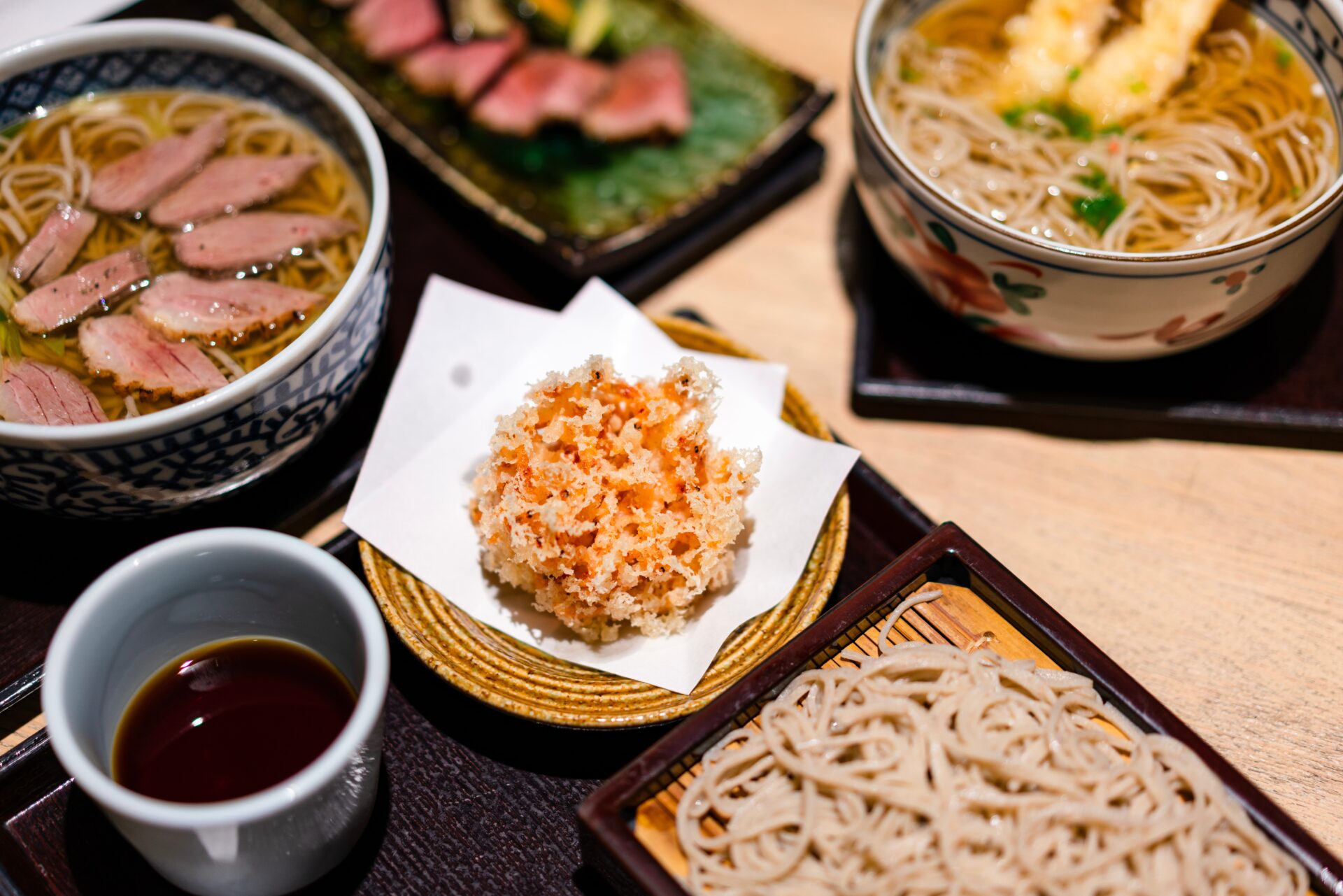Traveling in Japan means that you get to enjoy a variety of amazing Japanese meals every day. Tokyo is known as the gastronomy capital of the world with the most Michelin-starred restaurants in the world. But it is not only high-end dining where Japan excels, as one of the country’s biggest gastronomic strengths is the fact that you can eat amazing regular meals for a very good price. Especially at lunch time you can find some great deals that may keep you satisfied for the rest of the day. But what is actually a typical Japanese lunch? Let us introduce to you 5 cheap Japanese lunch sets that many like to enjoy here on weekdays and explain a bit more about the culture surrounding lunch in Japan!

Stefanie Akkerman moved from the Netherlands to Japan in 2013 with her Japanese husband and son. She jumped into the niche of Dutch tour guiding in Tokyo and Kamakura in 2015 and occasionally writes articles about all the great sights and activities Japan has to offer. She loves (Japanese) food, and to work that all off she goes diving, snorkeling, cycling, or hiking.
This post may contain some affiliate links. When you click through and make a purchase we may receive some commission, at no extra cost to you.
Lunch Culture in Japan
While in some parts of the world a few simple slices of bread will have to do, a Japanese lunch is always cooked and served with love. Kids in public elementary schools get a variety of healthy, balanced, and delicious lunches at school every weekday, so they grow up to love these Japanese-style lunches. They also often develop a weak spot for the flavor called ‘umami’ which is ubiquitous in Japanese food during these popular school lunches.
Moreover, many people in Japan have very long work hours and have to survive on their lunch for the rest of the day and even into the evening, making lunch their most important meal of the day. A large number of Japanese workers eat lunch in restaurants these days instead of bringing a home-made bento to work every day. This is one of the reasons why many restaurants in Japan have evolved to cater to the need for an abundance of hearty and satisfying lunches. And while Japan is known for relatively small food portions compared to many other countries, you may be pleasantly surprised with how immensely satisfying (and sometimes rather large) lunches in Japan are.
1. Teishoku
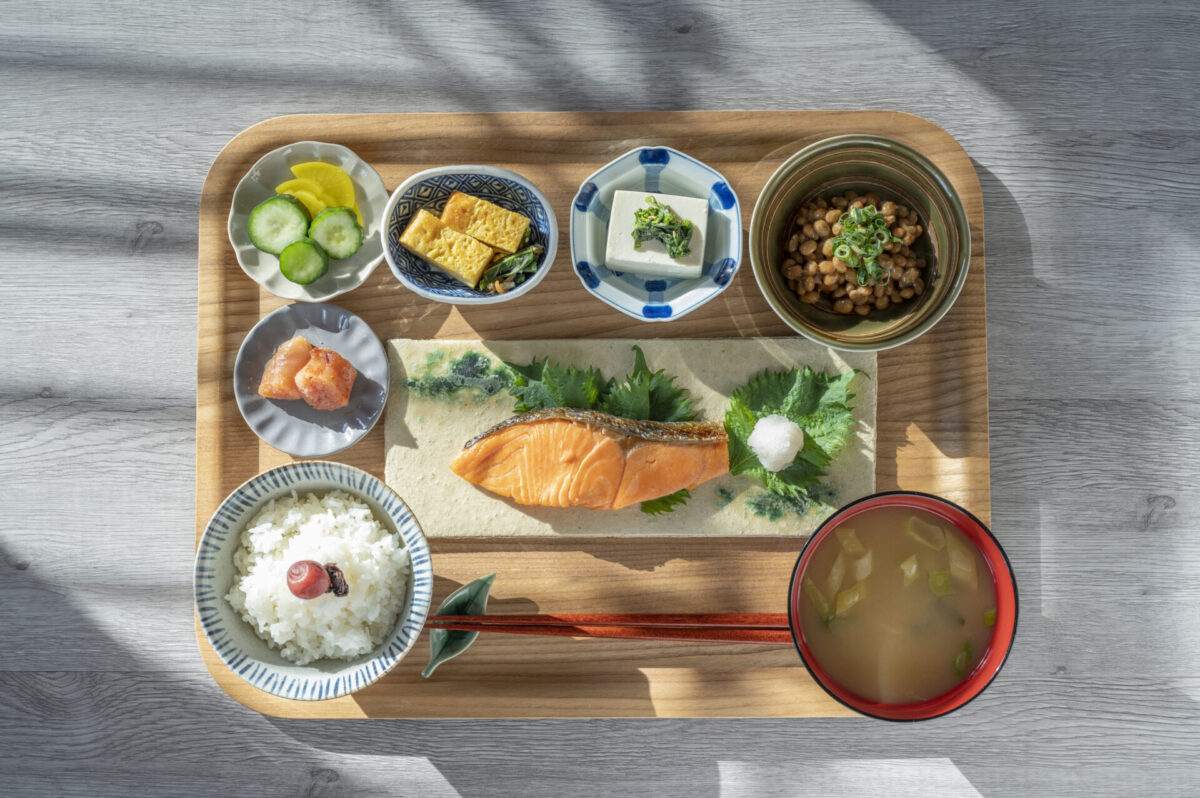
One of Japan’s best types of lunches is the teishoku (定食) lunch, or set meal. Having several different types of food in smaller amounts fills you up faster and better than eating only one or two kinds of food in larger quantities, and the teishoku meal puts this principle to good use. The exact content of a teishoku meal differs slightly per restaurant, but it usually comes with rice, miso soup, pickles, a small salad, and a main dish. You usually have to choose the main dish, and common options are tonkatsu, fried fish, tempura, beef over rice, and Japanese curry. Water and tea are usually freely available in the ‘shokudo’ restaurants where teishoku is usually served.
Restaurants that serve teishoku set meals can be found everywhere in Japan, in large cities there are several in every neighborhood, and even in small villages one of the few restaurants you can find tends to serve teishoku.
2. Bento
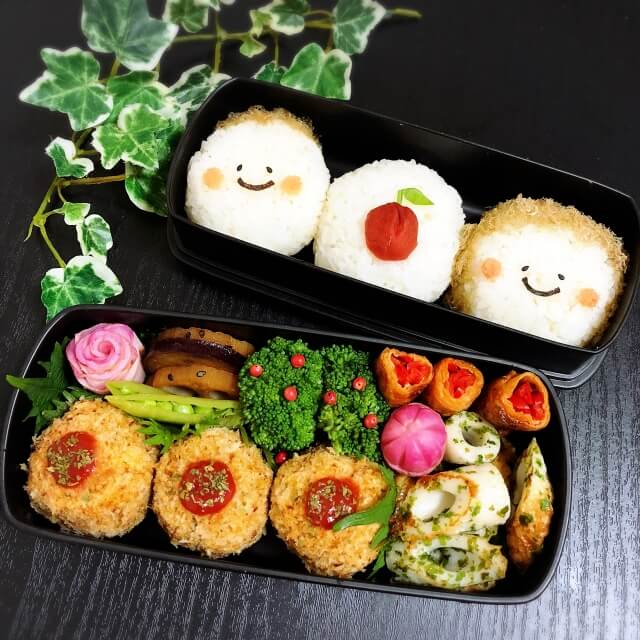
Pictures of amazing-looking bentos have gone around the world via social media in the last decade or so, so many are now familiar with the good-looking lunch box from Japan. The history of bento lunches goes all the way back to the 5th century when Japanese men already brought these boxes with them when they went hunting and fishing. Over the centuries, bento lunches have evolved into elaborate pieces of art for some, although the simple, straightforward bento box exists next to it.
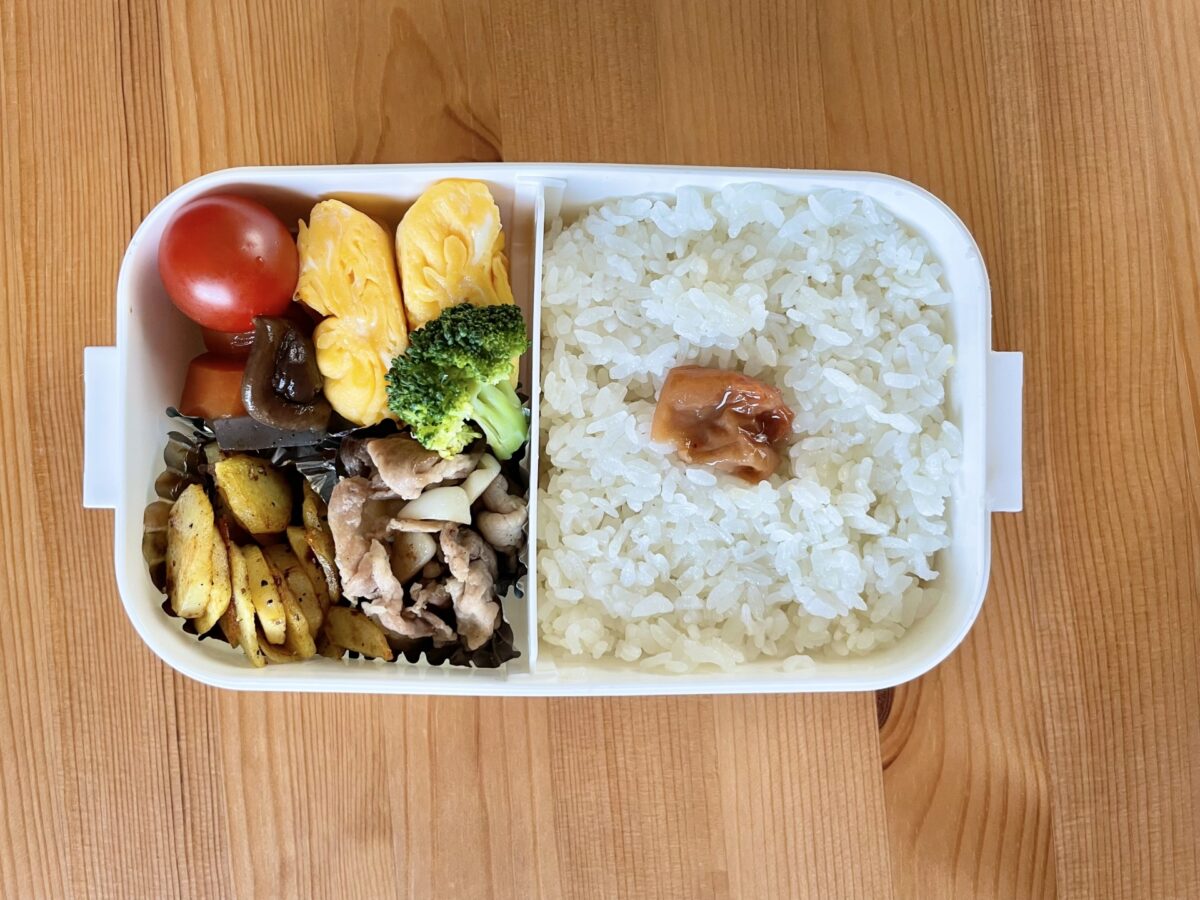
When the breadwinner economic model was introduced in Japan after WW2, housewives started making beautiful bento lunches for their hard-working spouses and pre-school kids to show their love and appreciation. If she was angry, however, she would also take it out on the bento box and send her husband to work with a so-called ‘revenge bento’. In short, bento lunches are not only for nourishment, they are also a form of communication from the maker to the eater. Nowadays, in many families, both partners work so specialist bento-making companies jumped into that space and you can get a simple bento on every corner of the street around lunchtime. Most bento lunches contain rice, a bit of salad, pickles, a bit of pasta, and a main. If you are looking for a more luxurious bento lunch, check out the department stores’ basement floors for some beautiful lunches!
3. Noodles (ramen, soba, udon)
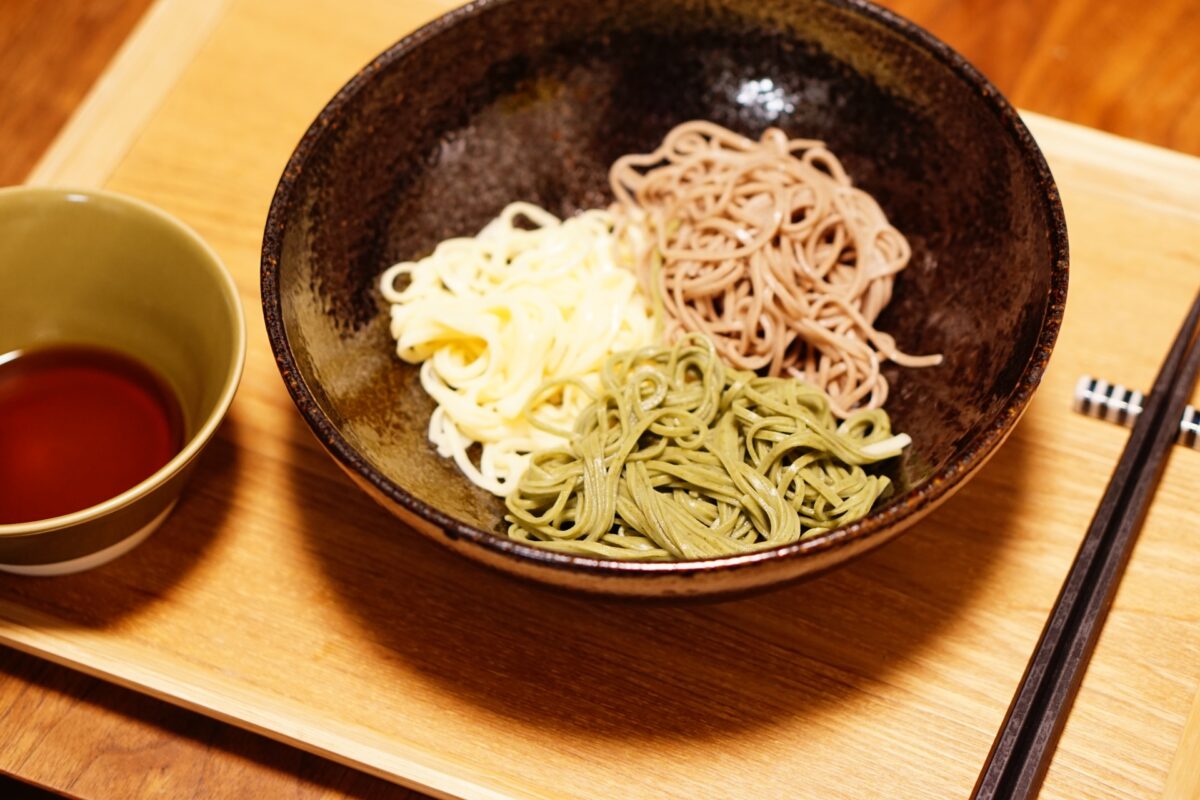
Sometimes you don’t have much time but you still need to have lunch. In that case, grabbing a quick noodle lunch can be the perfect solution. Most noodle restaurants aren’t made to sit and relax for a long time, so it is really sit, eat, and go most of the time. Three types of noodles are especially popular in Japan: ramen, soba, and udon. Ramen are flavorful and a bit fatty, soba buckwheat noodles are the more healthy choice, and udon noodles are a bit thicker and more filling. All types of noodles have many different versions that come from different regions in Japan, which version you can order will depend on the restaurant. While ramen usually comes by itself, soba and udon are often part of a larger set menu that often includes tempura and pickles. If you’re having ramen and you’re extra hungry, you can usually order sides like rice and gyoza dumplings, and you can also get a refill of noodles.
Noodle restaurants can be found everywhere, and especially ramen is one of the most popular types of food to have if you eat out in Japan. Even in smaller towns you won’t have to look far for the nearest noodle restaurant.
4. Bowls (beef bowls, sushi bowls)
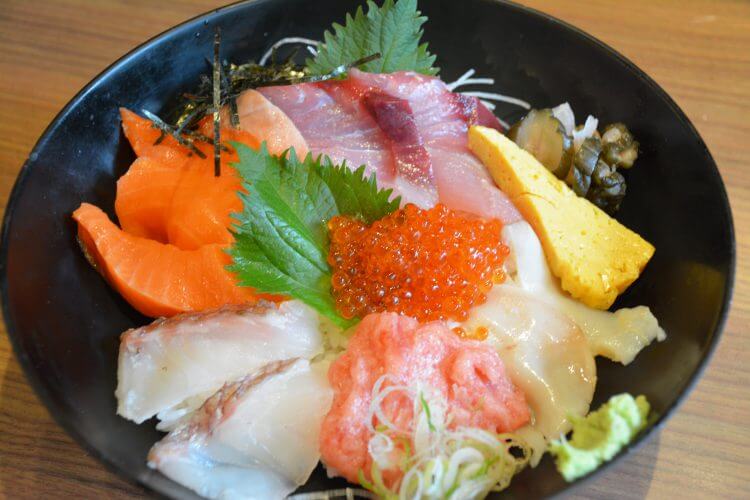
Another meal that can be enjoyed quickly on the go are rice bowls (丼物) that can come with a variety of toppings. These hearty bowls consist of fish, meat, vegetables, or other ingredients that are simmered together and served over rice. Arguably, the most popular bowl lunches are beef bowls (牛丼) and seafood (sushi) bowls (海鮮丼). Beef bowls are made with thinly sliced meat, copious amounts of onions, and a delicious slightly sweet sauce. Kids especially love them, and this love persists into adulthood for many people in Japan. Beef bowls even have multiple restaurant chains dedicated to them. Seafood bowls are usually made with raw ingredients like tuna, sea urchin, salmon, fish roe, and other types of seafood, and are enjoyed with a bit of soy sauce sprinkled over them. Called ‘kaisendon’ in Japanese, these bowls are especially good to enjoy around fresh seafood markets like in Tsukiji and Otaru.
5. Kyushoku Typical Japanese School Lunch
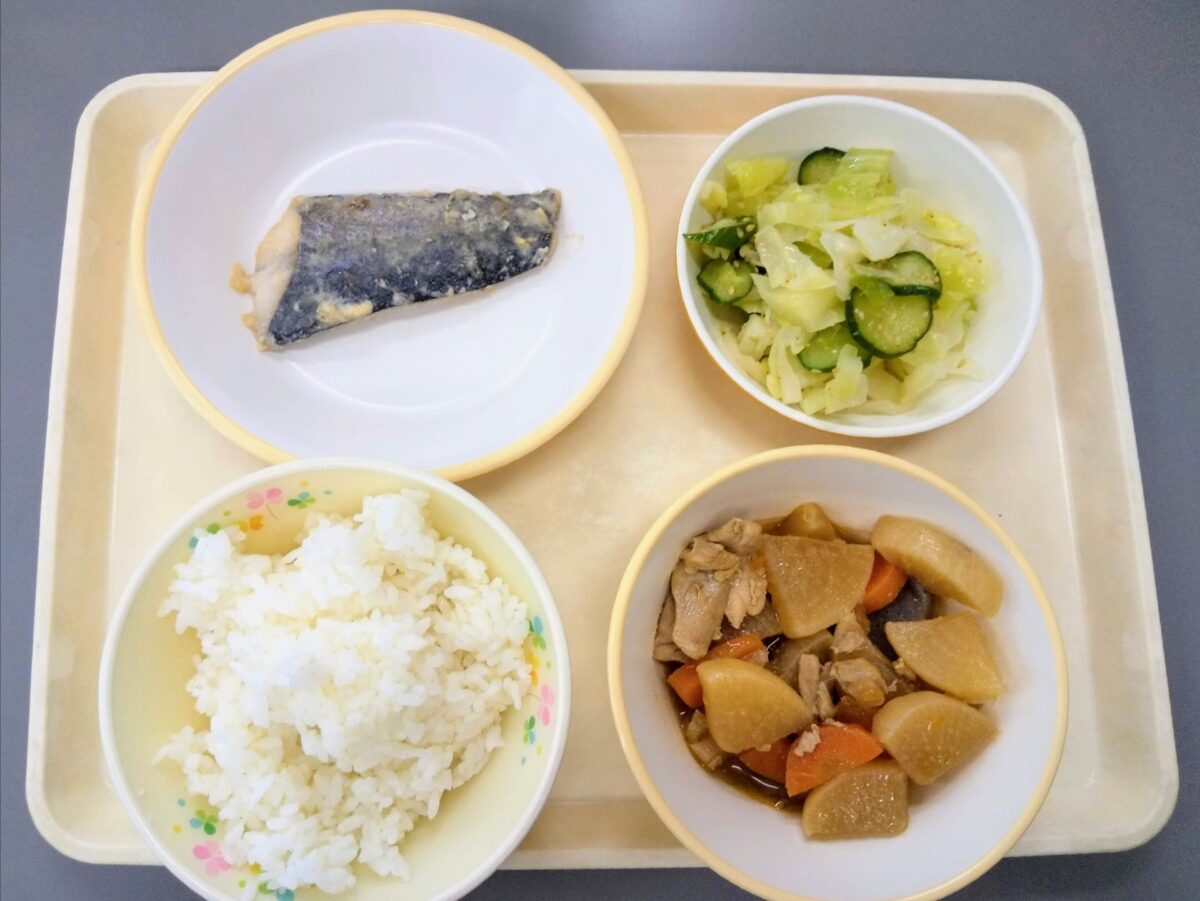
As mentioned before, Japanese kids develop their taste buds around their elementary school’s lunches which are called ‘kyushoku’ (給食) in Japanese. These well-balanced lunches are carefully assembled by professional dieticians and cooks and consist of many different seasonal ingredients. The point is to make kids used to eating a lot of different things and teaching them to like a wide variety of foods. Kyushoku is always cooked from scratch at school, and the kids learn about the ingredients before serving it to classmates themselves on a rotation schedule. Having your school lunch is truly an important part of your education in Japan.
It’s quite rare to find a kyushoku style restaurant in Japan. Luckily, but we found a great spot for you at the izakaya “6nen 4kumi”, you can enjoy your kyushoku style lunch as if you were in a real Japanese classroom. They have locations in Umeda,Tennoji, Nagoya, Shibuya, Ikebukuro, and Shinjuku. If you are under 18 years old, the last call to order is at 9PM and you will have to leave school at 9:30PM. The school is open every day from 5PM until 11PM (L.0. 10:30PM). See you in class!
Japan Wonder Travel Food Tours
Japan Wonder Travel is a travel agency that offers guided tours throughout Japan.
From private walking tours to delicious Food and Drink tours, we can help organize the best tours just for you! If you want to explore Japan and learn more about the history and backstories of each area you are traveling in, our knowledgeable and friendly guides will happily take you to the best spots!
In addition, we can provide you with any assistance you may need for your upcoming trip to Japan, so please feel free to contact us if you have any questions or need some help!
▶Tokyo Tsukiji Fish Market Food and Drink Tour
Explore the most lively and popular fish market in Tokyo where you will have the chance to try some of the local’s favorite street foods and sake along with your friendly English speaking guide!

▶Shinjuku Bar Hopping Tour: Experience Tokyo’s Nightlife in Izakaya
Check out the best spots in Shinjuku while bar hopping through the lively and vibrant area. Try some delicious local food and drink as you explore the narrow yet photogenic alleys that the town has to offer. Experience Japanese izakaya culture and drink in Shinjuku like the locals!
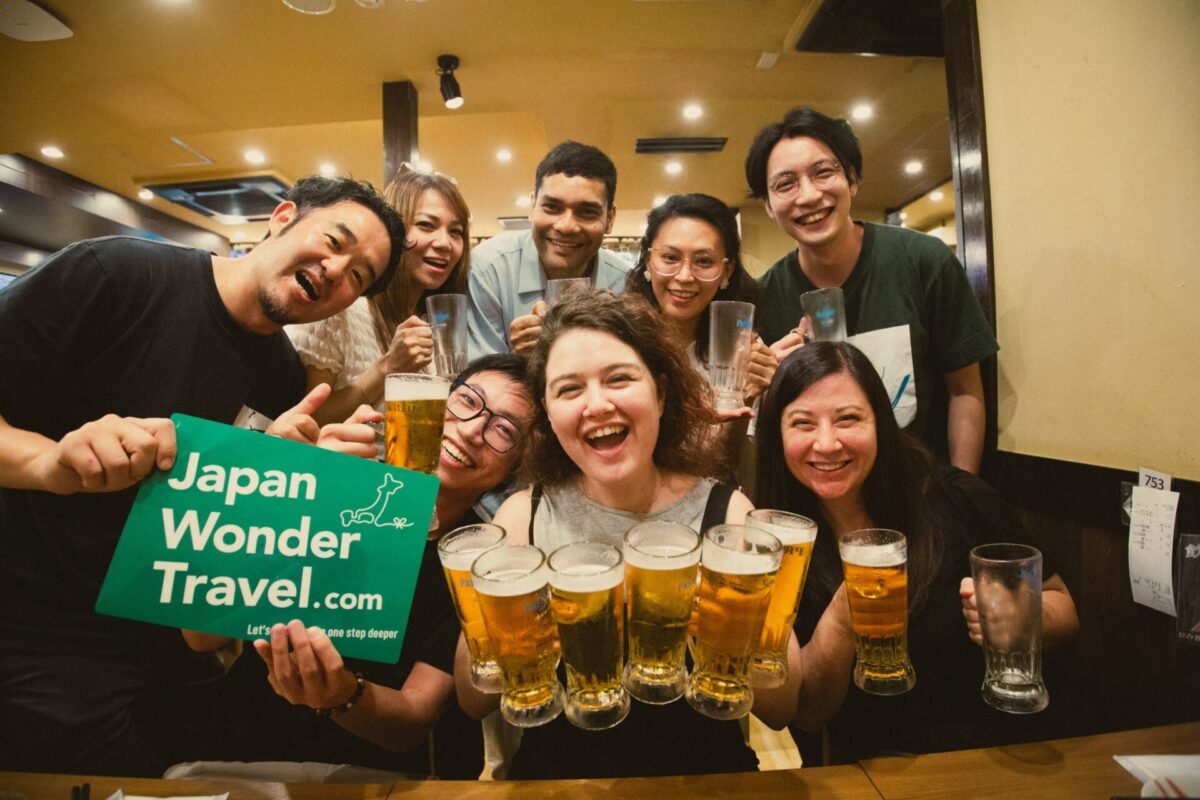
▶Explore Nishiki Market: Food & Culture Walk
If you’re looking to learn more about the culture and the local cuisine of Kyoto, this is the perfect tour for you! Take part in this Kyoto food and drink tour and explore the 400-year-old market and the surrounding areas.
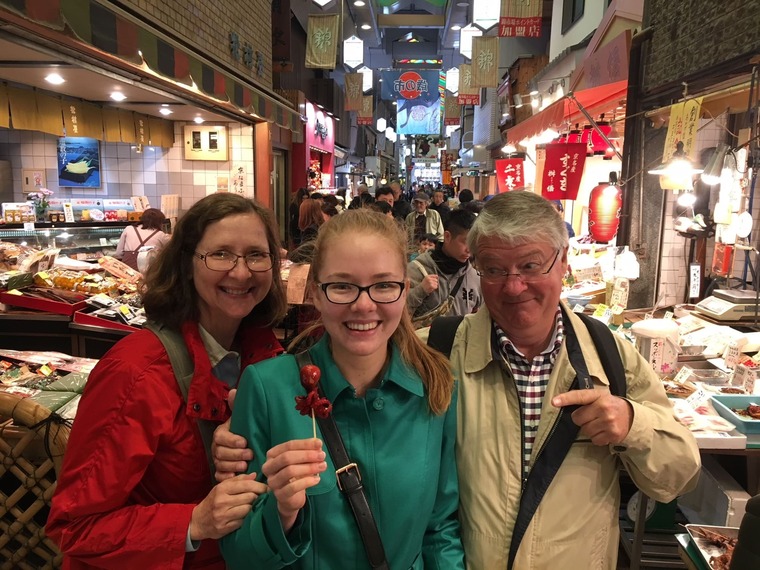
Follow us on Instagram, Facebook, Twitter, and TikTok for more travel inspiration. Or tag us to get featured!
Happy traveling!
Stay informed of the best travel tips to Japan, the most exciting things to do and see, and the top experiences to have with the Japan Wonder Travel Newsletter. Every week we will introduce you to our latest content.
